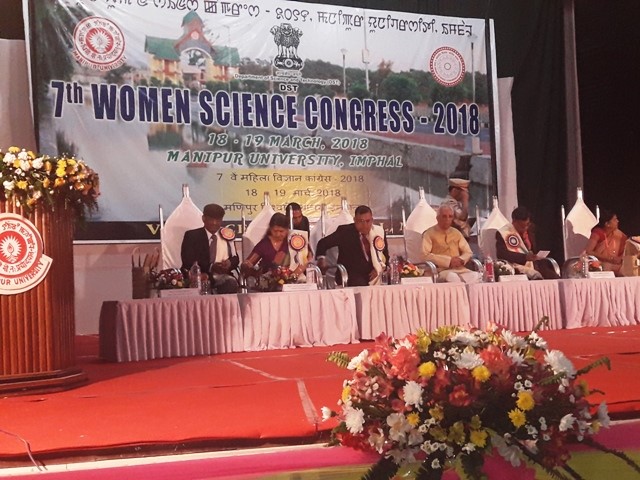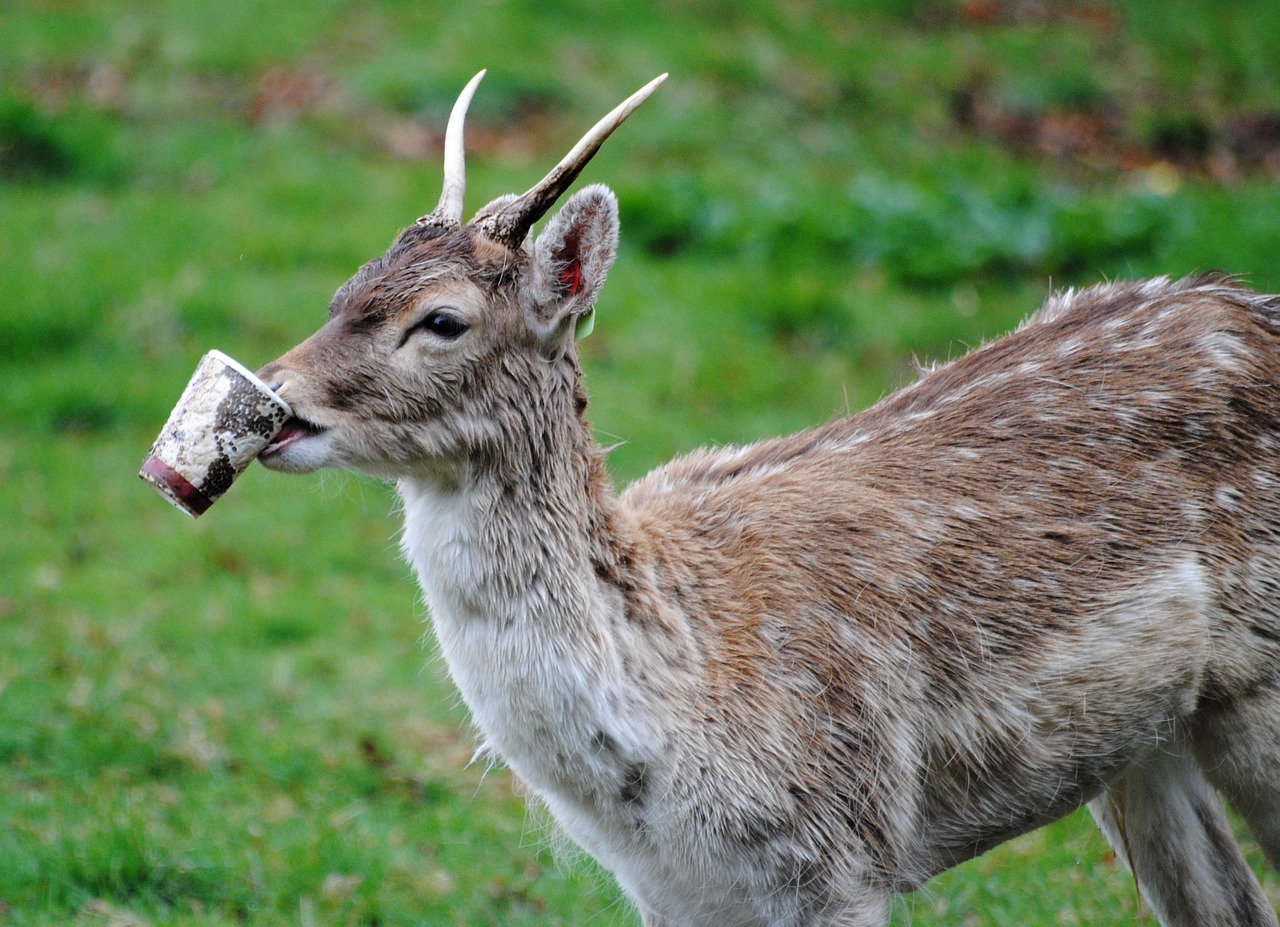
Women in STEMM Encounter Bias
- News
- 1.5K
Imphal, March 18 (India Science Wire): “Women’s involvement in science and technology encounters bias in regard to disciplines and academic or professional level of responsibility,” observed Kesari Nath Tripathi, Governor of West Bengal, while inaugurating the Women Science Congress during in the Indian Science Congress session here. He also said that many qualified women remain away from mainstream science and do not have an opportunity to work as benchmark scientists.

Two major reasons are responsible for this situation, the governor said. First, women‘s perception of their role and function in society, and second, society‘s expectation of their contribution. Women are divided into two spheres: management of the home and family, and the fulfillment of job responsibilities. Family commitments, either due to one‘s choice or as a result of cultural enforcement, have impaired women‘s capacity to realize their potential. This puts them at a disadvantage in many science and technology related jobs that are dynamic and competitive in nature.
Besides, women constituting half the population in India are grossly underrepresented at almost all levels of science education, R&D and employment due to a variety of socio-cultural factors. According to the National Task Force on Women in Science report of the Department of Science and Technology (DST), women form less than 25% of scientific faculty in various institutions and universities, except those under Indian Council of Medical Research (ICMR) and Department of Biotechnology (DBT), which are basically engaged in biological research.
To bridge this gap and to make them come forward in science and technology, DST has introduced a new scheme to promote participation of women in the field of science. DST and Indo-U.S. Science & Technology Forum (IUSSTF) have jointly announced the Indo-U.S. Fellowship for Women in STEMM (Science, Technology, Engineering, Mathematics, and Medicine). “This program is designed to provide opportunities to Indian women scientists, engineers and technologists to undertake international collaborative research in premier institutions in the U.S. to enhance their research capacities and capabilities,” said Namita Gupta, a scientist with DST.
The Women’s Science Congress provides a forum for women scholar, scientists and students to explore more and engage in science. “Through this avenue, more young female minds can be inspired to be a part of the scientific community, to engage themselves in active research in science,” said Prof Vijay Laxmi Saxena, former General Secretary of the Indian Science Congress Association. Prof. Adya Prasad Pandey, Vice Chancellor, Manipur University said the Congress is a step towards the capacity building of women, to experiment their ideas, to share their research and nurture young minds for innovative research. (India Science Wire)
By Jyoti Singh
For the latest Science, Tech news and conversations, follow Research Stash on Twitter, Facebook, and subscribe to our YouTube channel


